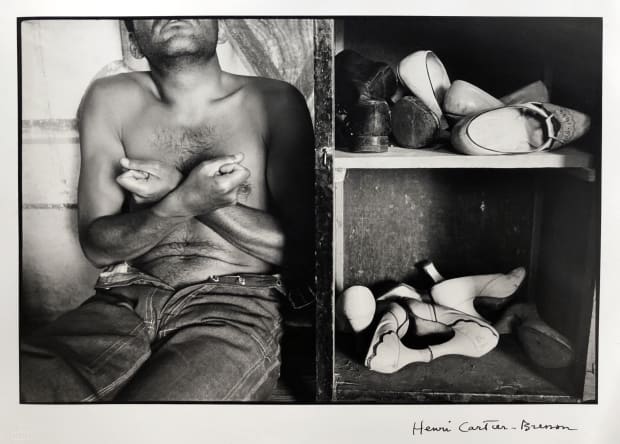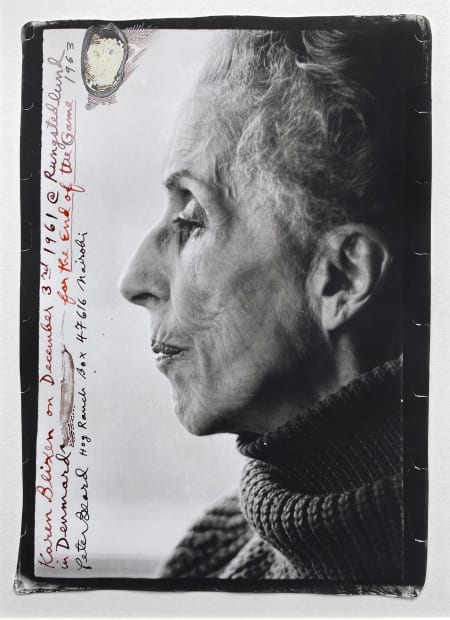-
MEXICO
-
I have travelled to Mexico many times since the 1970’s and have always been struck by the vibrance of its culture and society. The history of Mexico has always been a fascinating one from the earliest days of its Mayan culture, the destructive influx of European culture and religion [initially via the Spanish under Cortez] and removal of the great Mayan and Aztec cultures along with the pervasive influence from Northern America. Mexico in many ways, has retained this mixed exciting and vibrant society, that continues to evolve today.
One still feels the scorching influences of Mayan and Spanish history in Mexico City. The same can also be said for smaller cities such as Oaxaca, Merida and Veracruz in its politics, religion, architecture, art and of course photography. Mexican art tells a story. From the earliest Mayan murals and sculpture, to the soaring murals of Diego de Riviera, a narrative exists that has helped illustrate and shape the Mexico we see today.
During the early 20th Century a new wave of expression was sweeping the world and Mexico was no exception in its take up of photography. Great practitioners from outside Mexico were also drawn to its unique and seductive blend of culture. Edward Weston and Tina Modotti come to mind, along with Henri Cartier-Bresson and Kati Horna. Their photographs tell stories and are part of this larger narrative. The Cartier-Bresson image we show here is one that I have always found so haunting and alluring; it is also a surreal image which begs so many questions.
Enriqué Metinides the legendary crime and street photographer provides us with a more visceral side of Mexican life and tragedy. His searing photographs leave little to the imagination and have captivated me since I first met him.
-

-
Enrique Metinides
From 1948 until his forced retirement in 1979, the Mexican photographer Enrique Metinides took thousands of images and followed hundreds of stories in and around Mexico City. And what images and stories they were: car wrecks and train derailments, a bi-plane crashed on to a roof, street stabbings and shootings in the park, apartments and petrol stations set alight, earthquakes, accidental explosions, suicides, manslaughters, murder.
When he was ten years old, his father gave him a brownie box camera. Soon after, he began taking pictures of car accidents on the streets of the San Cosme neighbourhood of Mexico City where he lived. He expanded this to opportunities found hanging around the police station, going to the morgue and becoming a Red Cross volunteer to ride with ambulances. He photographed his first dead body and published his first photograph when he was only twelve years old. At age thirteen, he became an unpaid assistant to the crime photographer at La Prensa, and gained the nickname “El Niño” (the boy) from the regular press photographers.
He has won numerous prizes and received recognition from the Presidency of the Republic, journalists’ associations, rescue and judicial corps and Kodak of Mexico. In 1997 he received the “Espejo de Luz” (Mirror of Light) Prize, awarded to the country’s most outstanding photographer. His work has been shown at numerous international venues, including The Museum of Modern Art, Photographers’ Gallery, London; and Les Rencontres d’Arles Photographie, Arles, France.
Print Information:
Enrique MetinidesMexico State, 1965Signed and dated with edition number on verso in ink
Print accompanied by signed certificateSilver Gelatin PrintPaper Size: 40 x 50 cmEdition of 15 -
-
Henri Cartier-Bresson, Mexico, Santa Clara (Natcho Aguirre), 1934
-

-
Kati Horna
Untitled. Cuidad de Mexico, 1949 Vintage silver gelatin print
22 x 19.5 cm
-

-
-

-

-

-
We hope you have enjoyed these highlights for this edition of Photo London.
To view the full presentation please follow this link: Michael Hoppen Gallery | Photo London 2021
Please do not hestiate to be in touch either by calling +44 (0)207 352 3649 or emailing gallery@michaelhoppengallery.com
Photo London 8 - 12 Sept 2021
Past viewing_room








